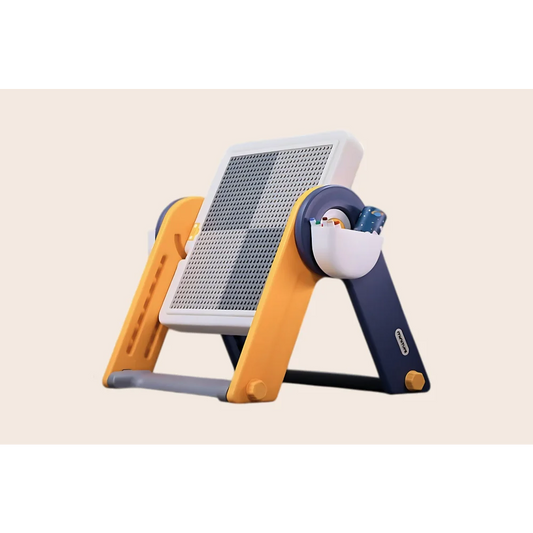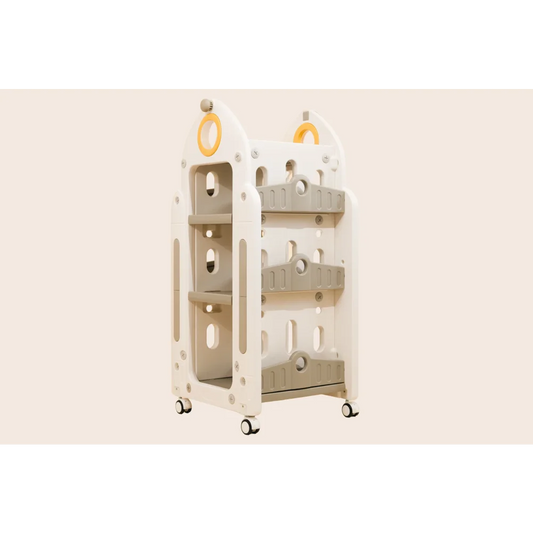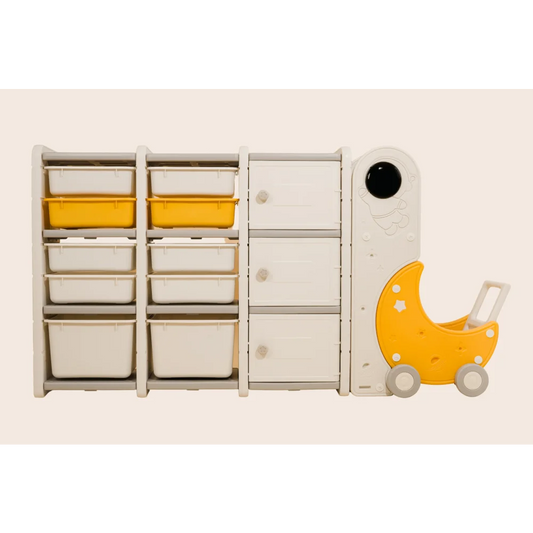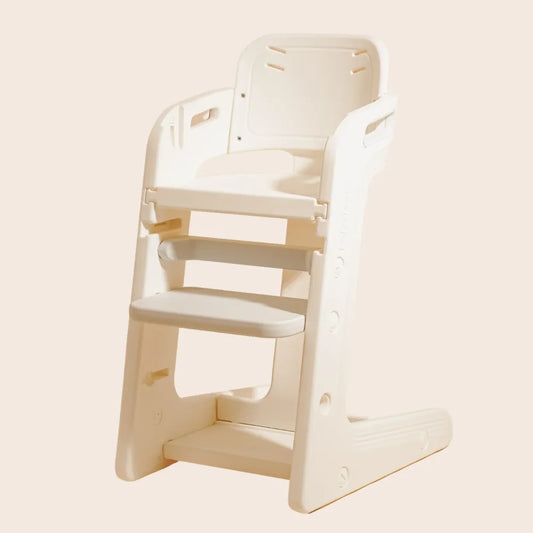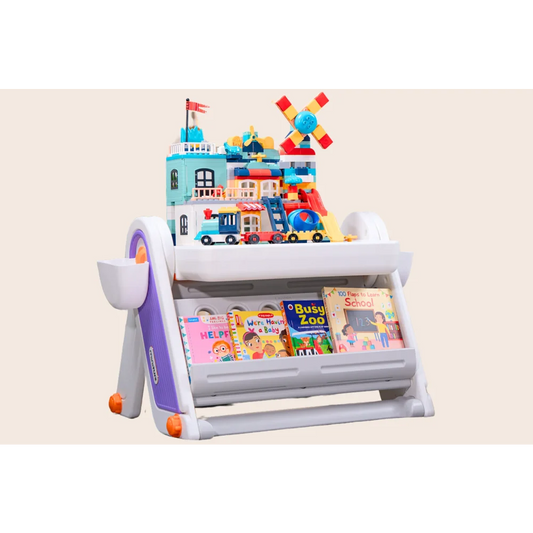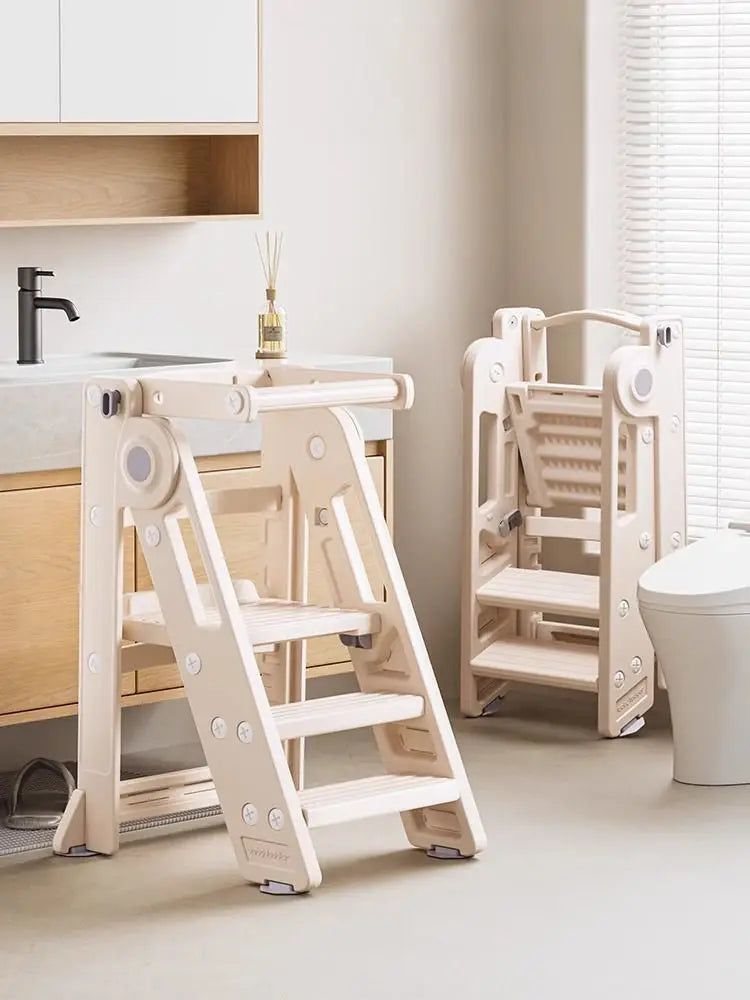

What age should you look into buying a learning tower and why?
I remember the first time my son reached up on his tiptoes, stretching his little fingers toward the kitchen counter. His curiosity was endless, his determination unwavering. He wanted to be where the action was—whether I was stirring soup, rolling out dough, or simply rinsing fruits. At first, I tried holding him up while multitasking, but that was neither safe nor sustainable.
The learning tower has easily been one of the best purchases we’ve made for our son. He uses it daily—to help me stir pancake batter, reach the sink to wash his hands, or stand at the counter and "supervise" while I cook. I think it has also given them a sense of independence and autonomy, which we all know toddlers love! My kids seem happy when they use it.
Freedom of Movement
Around 18 months, toddlers begin asserting their independence. They want to explore, help, and imitate. A learning tower gives them the freedom to do just that—safely. Instead of being confined to a high chair or struggling to see from below, they can climb up independently, watch, touch, and even participate in daily routines.
I loved watching my son confidently step into his tower, reaching for a spoon to "help" stir pancake batter or wash his tiny hands at the sink. It wasn’t just about convenience but about fostering his confidence and autonomy.
Adjustability: A Long-Term Investment
One of the things I appreciated most about our learning tower was its adjustability. As my son grew, we adjusted it from 3 to 2 steps, ensuring it remained comfortable and safe for him. This meant you were not buying a temporary product but an investment that would grow with him.
Safety Considerations: Choosing the Right Learning Tower
I always worried about my child stepping off or slipping through the learning tower. Our learning tower helps children reach different heights as they grow older, with 3-mode converting feature. It is super sturdy, so you do not have to worry about rocking when they climb, and it is Foldable, so it can fit into any space.
Prioritizing safety features based on your child’s personality and habits will help ensure a worry-free experience.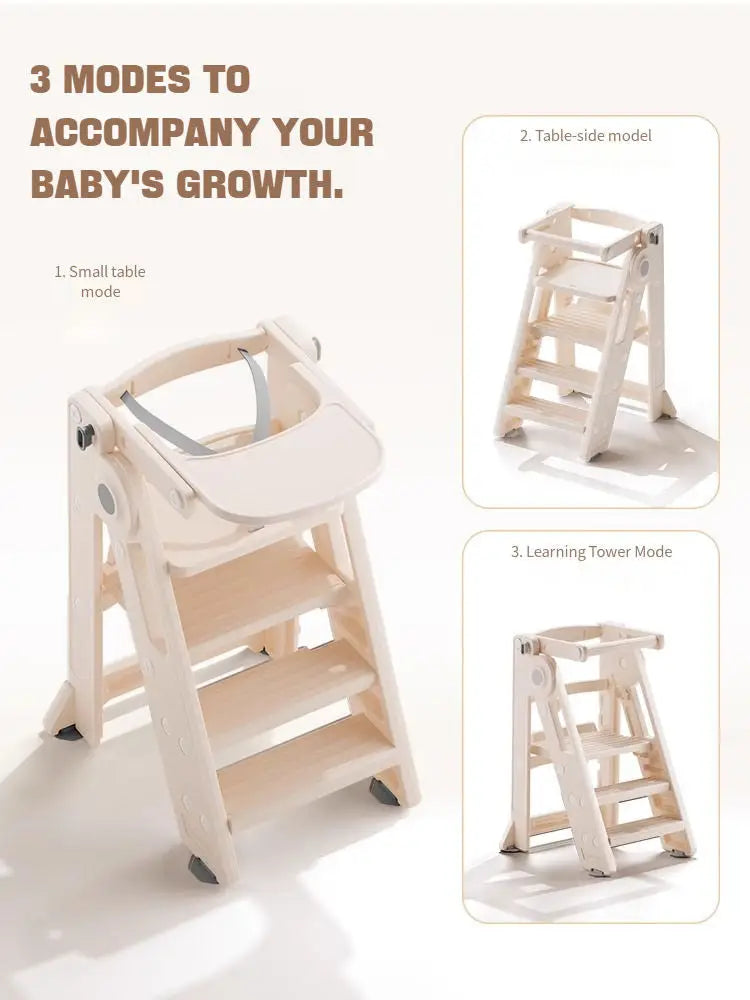
When Is the Right Time to Introduce a Learning Tower?
Most parents introduce a learning tower between 12-18 months, but some children are ready even earlier! Every child develops at their own pace, so it’s more about their interest and mobility than a strict age guideline.
Some signs that your child might be ready include:
- They try to reach the counter or climb furniture to be involved.
- They love watching you cook or prepare food and want to help.
- They’re starting to stand steadily and pull themselves up on furniture.
- They want to be more independent when washing their hands or eating at the counter.
Our son started showing these signs to our family around 10-12 months, but we waited longer to get a learning tower. Looking back, I wish we had leaped sooner!
When Should You Get One?
If your little one shows signs of wanting to be involved in your daily tasks, reaching for countertops, or asking to be picked up to see what you're doing, it’s probably time to consider a learning tower. For most toddlers, this happens between 16 and 24 months. However, every child is different, and safety should always be the priority.
For us, the learning tower became a bridge to independence, connection, and shared moments in the kitchen. If you’re thinking about getting one, I say go for it—you witness your little helper’s world open up most beautifully.
